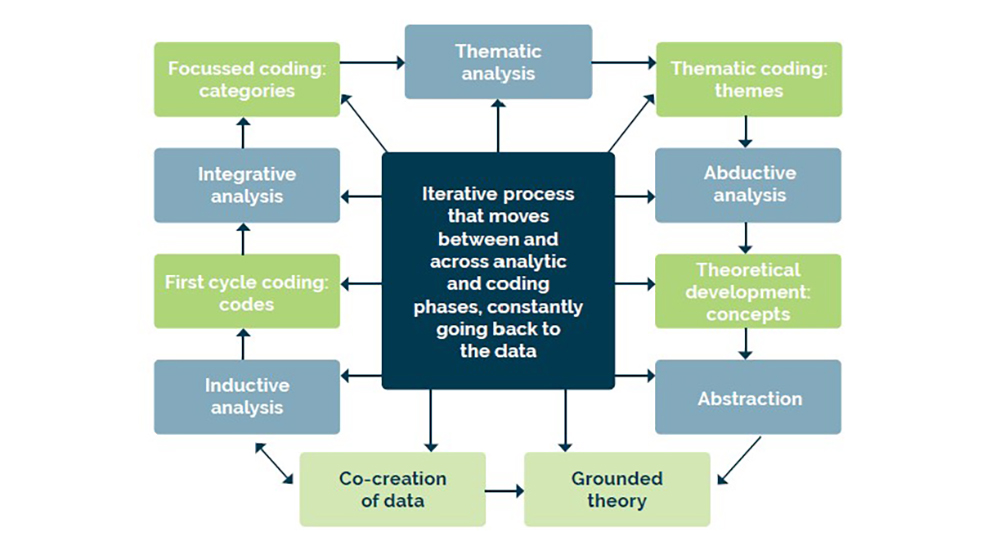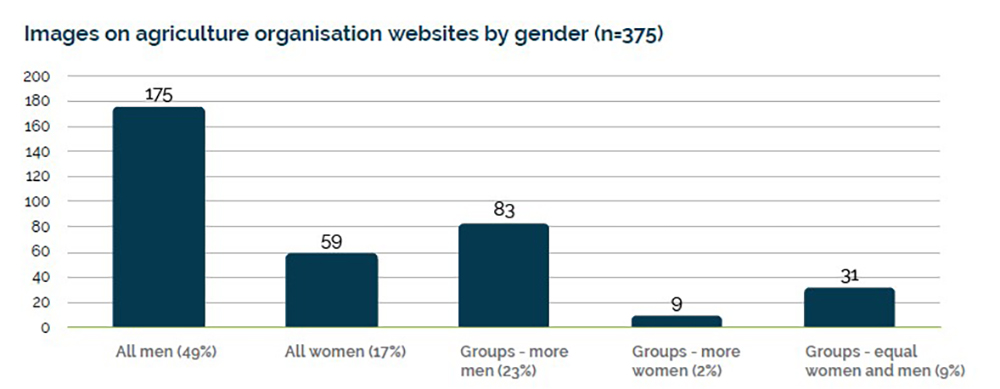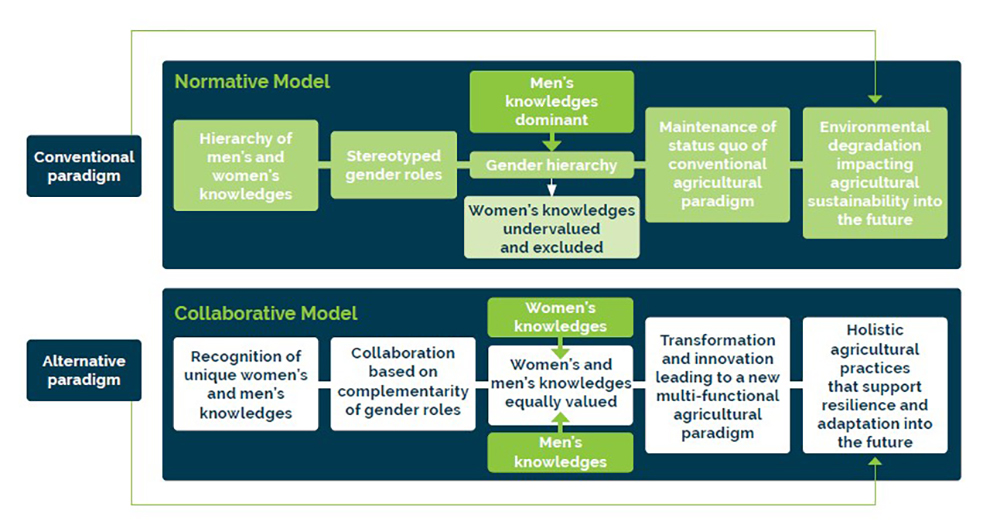Key Points
- This research aimed to better understand women farmers’ participation in agriculture in Australia, and the impact of women’s knowledges on agricultural practice.
- In general, women farmers’ knowledges and approaches to agriculture differ from men farmers’ knowledges and approaches.
- The knowledges and approaches of women farmers can contribute to improvements in soil management.
- A gendered hierarchy in Australian agriculture presents barriers to women’s participation.
- Women’s knowledges are not always equally included with men’s knowledges in agriculture knowledge sharing.
- A collaborative model of knowledge sharing that recognises the value of both women’s and men’s knowledges may be the key to transformative practice change in agriculture.
The Context
The sustainability of Australian agriculture is threatened by environmental issues such as soil degradation, water scarcity and climate change. A competitive, production-focussed approach to agriculture in Australia has resulted in the intensification of agriculture to maximise productivity. This has reinforced agricultural practices that may contribute to environmental decline.
A wider range of approaches to agriculture is needed to increase options for sustainable practice into the future. Globally, research has shown that women farmers are less production focused, taking more holistic, ecologically framed approaches to agriculture. The understandings of women farmers should therefore complement and enlarge current agricultural practice. Activity on Australian farms is, however, mostly undertaken or overseen by men.
The Research
This qualitative research was part of a Soil CRC PhD project by Linda Wirf from Charles Sturt University, which explored gender in agriculture by asking the question ‘How can women’s knowledges contribute to agricultural practice change in Australia?’
The research was conducted between 2020 and 2022 and aimed to provide a deeper understanding of the ways that women and men farmers view agriculture. In addition to a review of relevant global literature, the research involved:
- phone interviews with seventeen women and men farmers across two study sites, the Eyre Peninsula in South Australia, and Central West New South Wales
- a face-to-face focus group with five women farmers in Central West New South Wales
- a World Café with ten women participants with diverse connections to agriculture from across Australia. This is a structured conversational process for knowledge sharing where participants discuss the topic around small tables, like those in a café.
The data co-created with these 35 participants using these methods was analysed using a constructivist grounded theory process (Figure 1).
These activities were complemented by a visual analysis of over three hundred images from thirty-six Australian agricultural organisation websites (including national, state-based and farmer network organisations).

Research Findings
Current state of play according to the literature
Literature review confirms that Australian agriculture has historically been dominated by men, with men’s knowledges driving agricultural paradigms and practices. Despite women making up half the population in rural Australia, women’s knowledges are far less evident in agriculture than men’s knowledges.
Numerous scholars have noted that a gendered hierarchy exists in which men’s roles and knowledges are considered more valuable in agriculture than women’s roles and knowledges.
Differences in knowledges and approaches to agriculture
This PhD study focused on a group of participants. Within that group, the study found that women farmers’ knowledges and approaches to agriculture differ from men farmers’ knowledges and approaches. The women farmers in this study were more open to alternative approaches, such as working with nature and considering longer term environmental outcomes, while the men farmers were more focussed on conventional approaches and practices to improve productivity and profitability.
The men farmers in this study were generally more inclined to rely on agricultural chemicals, while the women farmers were often more interested in exploring chemical-free ways of managing pests and weeds. The women farmers expressed more concern about climate change and were more willing to be involved in finding solutions.
Barriers to women’s participation in agriculture
Despite the potential positive on-farm impact of women farmer’s knowledges, this research identified barriers to women’s participation in agriculture. Participants in the study identified a range of ways that women are excluded from agriculture, including stereotyped gender roles, and the societal assumption that on family farms a man is the farmer and a woman is the farmer’s wife.
The men in this study were found to be the decision makers in relation to farm management on family farms, with women’s contributions to farm work often being described (by both men and women) as ‘just helping’. Women were more likely than men to work off-farm, which was described by participants as reducing their capacity to be involved in the day to day running of the farm. Men were often favoured in family farm succession, which contributes to maintaining the gender hierarchy in agriculture.
The agriculture knowledges of the women in this study were found to be undervalued and their opportunities to participate in knowledge sharing were limited. For the most part, agriculture knowledge sharing activities (for example field days) were considered to be for men, with women feeling outnumbered and out of place at these events.
Visual representation in agriculture
The visual analysis of images on agriculture organisation websites reflected similarly gendered norms as those emerging from discussions with the study participants. For example, men were depicted more frequently than women, as shown in Figure 2.

As well as there being fewer images of women farmers, differences were identified in the ways that women and men were depicted in the images, as outlined in the table below.
How men and women were depicted
|
Men
|
Women
|
|---|---|
|
With agricultural machinery and engaged in physical farm work
|
More often posing and smiling
|
|
Working outdoors
|
More frequently in office settings
|
|
Working with large livestock
|
Cuddling small animals
|
Depictions of men evoked ideals of rural masculinity associated with toughness and hard outdoor physical work, while images of women suggested more passive domestic roles associated with rural femininity.
Images of knowledge sharing events predominantly showed large numbers of men, with the presenters mostly being men. Overall, the images conveyed the impression that agriculture is a man’s domain.
Images on organisation websites both reflect and construct the values and culture of the organisation. The images in this study were found to powerfully contribute to maintaining the status quo in relation to a gendered hierarchy in agricultural organisations.
In Their Words
Pseudonyms have been used for all participants
“I guess I come at it a little bit more from a heart space and a mothering nurturing space rather than actually being quite mechanical… listening to nature and you know, working within it.” (Anne)
“I think regenerative farming appeals to women… it’s… a key like it fits in very neatly to the psyche of a lot of women who are connected to the land.” (Wendy)
“Both of the boys, our husbands, have the day to day running, so to speak. They basically have control over what’s happening and when it happens and that sort of stuff.” (Anne)
“I pretty much make all the decisions.” (Douglas C)
“Well, in terms of [decision making about] the livestock and the pastures and the herbicides and… even putting fences up and strategic aspects of stock movement and stuff, I mean that’s me.” (Ben)
“I went to a field day… last year where there were seventy odd men and not one, not one, single woman in the crowd.” (Phil)
“I have stood there [at a knowledge sharing event] and the people talking about something have addressed all of their… conversation to my husband… and then I’ve kind of chimed in and they’ve looked at me, oh where are you coming from?” (Carolyn)
Significance Of Findings
This research suggests women farmers’ more ecologically based approaches, that could assist with addressing environmental problems that are threatening the future of agriculture, are underused. The gendered hierarchy in agriculture means that women’s knowledges are not being recognised as a valuable resource for transforming agricultural practice. Gendered power differentials mean that, for these study participants, and likely for many others, women working on family farms have limited capacity to implement change in farming practice.
This research suggests that a collaboration of women’s and men’s knowledges in agriculture has the potential to create a more wholistic body of knowledge that can contribute to agricultural sustainability. Figure 3 contrasts the current normative hierarchical model of gendered knowledges in agriculture with the conceptual collaborative model that evolved from this study.

This research presents a potential way forward for agricultural practice change in Australia. Reframing the gender hierarchy to value women’s knowledges and roles, and including women equally in agriculture knowledge sharing, will expand the scope of agricultural knowledges and approaches. This could facilitate the implementation of more environmentally sustainable practices that are, ultimately, also more economically sustainable. How to influence and direct this reframing is addressed below.
Next Steps
This research encourages agricultural organisations to:
- recognise the key role they play in brokering knowledge
- reflect on how the gender balance and gendered power relationships within their organisation impact knowledge sharing
- work towards collaborative knowledge sharing frameworks that include women’s and men’s knowledges equally
- acknowledge and promote the value of women’s knowledges through their public-facing channels, such as websites and other media.
Further research is suggested to better understand the impact of implementing the collaborative model on family farms. Case studies could be used to explore how the collaborative model impacts agricultural practice change that contributes to long term ecological and environmental sustainability in agriculture.

